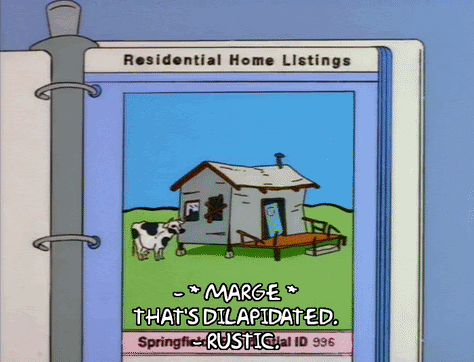
TL;DR
Full Story
-
Uber Eats became a thing → food delivery was all of a sudden more accessible/easier to buy → the food delivery market increased.
-
Internet connected devices became portable (phones, laptops, etc.) → Netflix streaming launched → we all started consuming more film & TV.
-
Natalie Imbruglia released her 1997 smash hit ‘Torn’ → we all learned how to feel things → we get teary every time we hear it.
(No? Ok, robot.)
Point of those first two is: if you can make something cheaper or easier to access (bonus points for both), more people will use it.
And that’s what tokenized real estate aims to do.
Now, we’ll admit it…
In an industry where there’re billions of dollars being poured into bringing science fiction concepts, like ‘the metaverse,’ to life — the term “tokenized real estate” comes off as a total snooze fest.
Which — it kind of is — but! There’s a reason all the ‘big dogs’ of the global financial industry are pushing for it…
Here’s the dream:
-
No more in-person auctions.
-
No more jumping between marketplaces to find the properties you want (Zillow → Redfin → Opendoor).
-
And definitely no more filtering your offers through a human broker…no more brokers — period!
By ‘tokenizing’ properties (aka: turning the deed of ownership into a tradable NFT), an open and decentralized global real estate marketplace can be built.
More importantly: all of the ‘middle men’ fees can be eradicated.
Most importantly: tokenized real estate would be another leap towards every day people being able to live self-sovereign financial lives outside of the traditional banking system.
(I.e. using crypto lending markets to buy tokenized real estate).
Not bad. Not bad at all.



